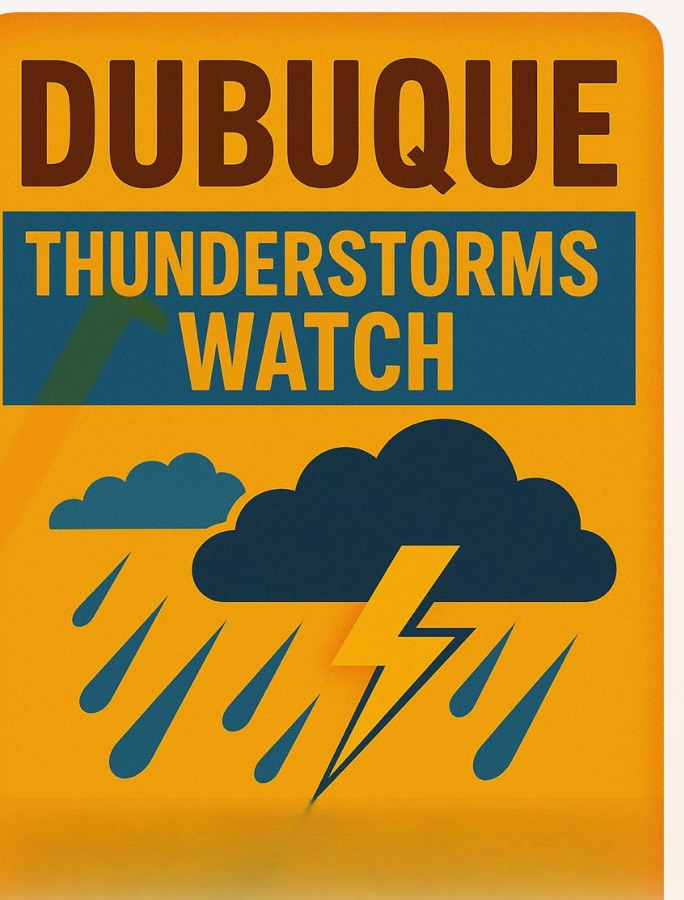**DES MOINES, IA – The arrival of fawning season marks a rise in deer activity throughout Iowa, lasting until late June. The Iowa Department of Natural Resources (DNR) is preparing for an influx of reports concerning “abandoned” fawns; however, it’s important to note that the majority are not truly abandoned. Well-intentioned efforts to “rescue” these fawns can do more harm than good, as does often leave their young in secluded areas such as hayfields, terraces, or even residential backyards, returning only for nursing.**
**“Does select isolated locations for the safety of their fawns, which may seem odd to us,” explained a DNR forest wildlife biologist. “Intervening and ‘rescuing’ a fawn disrupts this natural behavior, and the mother is usually nearby. If a fawn is handled, it is crucial to return it to the exact spot where it was found and leave it there. The DNR does not rehabilitate fawns in order to prevent the transmission of chronic wasting disease.”**
**Newborn fawns depend on their spotted camouflage and minimal movement to survive during their first two weeks. Concurrently, fawning season results in an increase in deer-vehicle collisions, as does look for birthing locations and yearlings start to venture out on their own. “Deer may not behave predictably this month,” the biologist cautioned. “It’s essential to remain vigilant while driving, both during the day and at night.”**
**Motorists are advised to adopt a defensive driving approach, minimize distractions, and reduce speed. Swerving to avoid deer is not recommended. If a deer is struck, drivers can obtain a free salvage tag for the meat by reaching out to local conservation officers or law enforcement, which necessitates the removal of the deer from the roadway.**
**For further information, please contact the Iowa Department of Natural Resources.**



